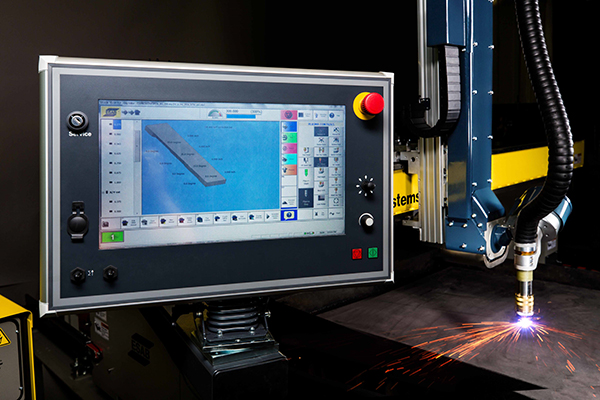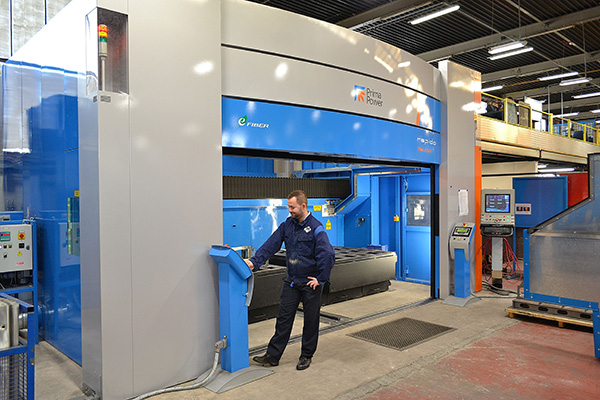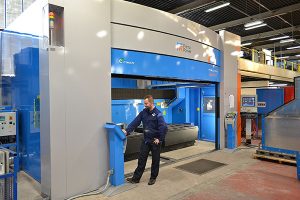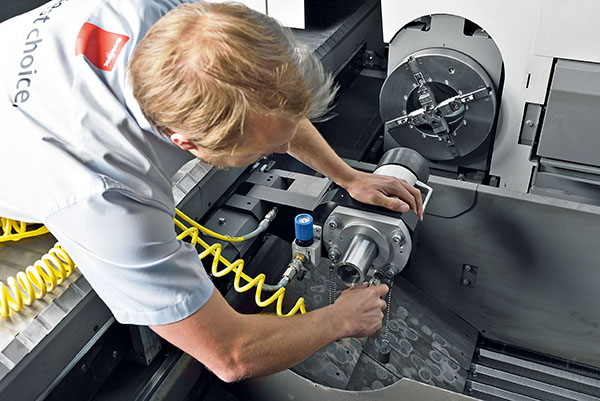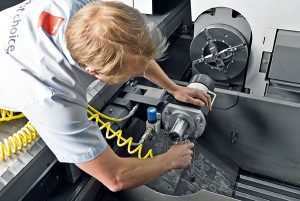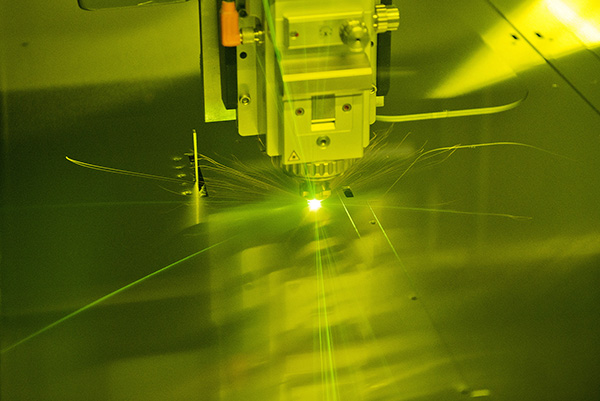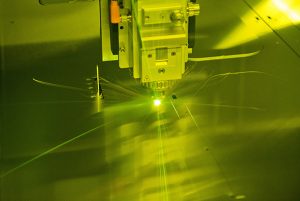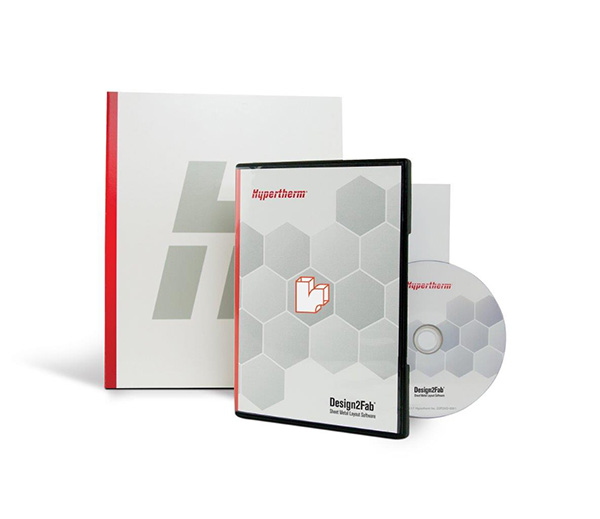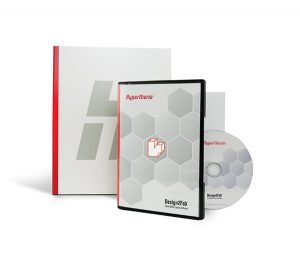Esab has unveiled SmartBevel technology for easier automated plasma programming and bevel cutting with minimal operator intervention. The system includes the data and geometric compensations necessary to cut V, X, Y and K bevels on mild steel from 6 to 50 mm thick. Esab says that unlike competitor systems, SmartBevel integrates all bevel compensations into the CNC to simplify bevel programming and enable operators to quickly fine-tune the program at the machine.
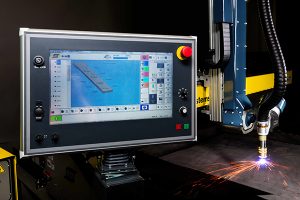
A number of plasma bevelling systems are under-utilised because of programming issues. SmartBevel integrates plasma, CNC, software, height control, bevel head and gantry functions so that users can take full advantage of their plasma-cutting system and maximise productivity.
Many bevelling technologies require programmers to compensate for torch angle, torch height, kerf width and cutting speed in the part program or nest. As a result, operators are prevented from making any adjustments that might be required to produce accurate parts. To make modifications, the operator must go back to the programmer and have the program or nest updated. This can waste time and present an obstacle to producing quality components.
Esab’s SmartBevel improves bevel cutting in two ways. First, the technology delivers more bevel data for more bevel geometries. A high level of automation is offered for the programmer by incorporating best practice bevel cut sequences into Esab’s Columbus III CADCAM programming and nesting software. Second, SmartBevel puts all bevel compensation data into the CNC, not the programming software. Therefore, the part program or nest represents the actual desired part geometry, without bevel compensations. This capability eliminates the need for trial-and-error programming. Instead, operators can quickly make any necessary adjustments at the machine.
For further information www.esab.com







